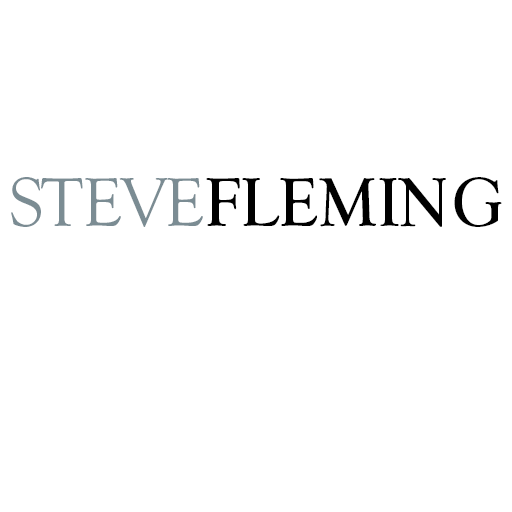In today’s blog, I am going to be demonstrating a tonalist painting, that being a painting of close values, soft edges, few details and nature as the subject matter. This is a totally simplified definition but it will do for the time being. I like to paint from memory with just a one phrase idea or impression that I am looking to convey. Something simple usually works like strong red sky dark foreground, light in the valley, nothing too specific, and no images or reference material. It helps to use your mental library to create compositions, we rely way too much on images and then we paint with the feeling that correct is the goal, and we forget that creative intimate paintings are the goal. The image is a starting point and is very valuable but expand the ideas, shapes, and colors and your work will be more you, more exciting.

My main idea in this painting is a dark foreground with a beautiful red sky behind it. This is not a novel theme and I approached it as a study using just one brush, a 1 inch hardware chip brush, this brush allows me to forget details because it is just a rough tool and it lacks sophistication. I start with a ground of cadmium red light with a hint of blue and ivory black, but I kept it very red.

Thinking big sky small foreground, I painted in the foreground with a mixture of alizarin crimson, ultramarine blue and black. This shape was bigger on the left smaller on the right and I brushed the tree forms up higher in the sky than I needed for the finish, but they will get smaller as I paint in the sky.

Using king’s blue, alizarin crimson, and black, I created a nice colorful dark valued sky. I made sure to pull the sky pigment down into the trees with a pull-down color and lift off the brush technique, this keeps the paint from stirring up the edge of the tree.

I take a cadmium red light and brush it in to the horizon, again trying for a nice expressive edge with the trees, I painted a little of the red in the foreground in the little light spot I left in the early block-in. I repeated some of the kings blue in the foreground, this gives the painting a feeling of color harmony and unity. I softened the sky using a very soft fan brush, I know I lied, I used a second brush but the chip brush would be hard pressed to soften edges. When using a fan brush to soften, keep pulling the paint off the brush with a paper towel, don’t dip it in solvent, it will lift the colors if you do.

I strengthened the reds with more put cadmium red light and put some sky holes in the trees. Although I wanted to keep details to a minimum, I put in a few dashes of light in the foreground to just add a little depth and perspective to the painting. I also restated the upper edge of the dark trees and made them more unique in shape and size, they had gotten to be blurry and too soft. This painting was a 45 minute job and it made me happy to do it. It is loose and exciting and that was my goal.


What a great presentation of Tonalism and the resulting painting too! Thank you!
A frankly illustrative lesson that teaches us how to treat bold colors without being thunderous. Beautiful watercolor and magnificent teaching. Thank you very much Steve.
Steve,
A very interesting and concise demonstration of this technique .
Thank you Steve.
Jo Ann Goldberg
Hi Steve. When I was rereading this post of yours I have detected an unforgivable writing error in my comment, where I wrote “watercolor” I wanted to write “oil”. I apologize and hope you read this new comment of mine. I also hope that your delay in returning to the blog is not for health reasons. Waiting for your forgiveness and new news, with affection, MERCEDES